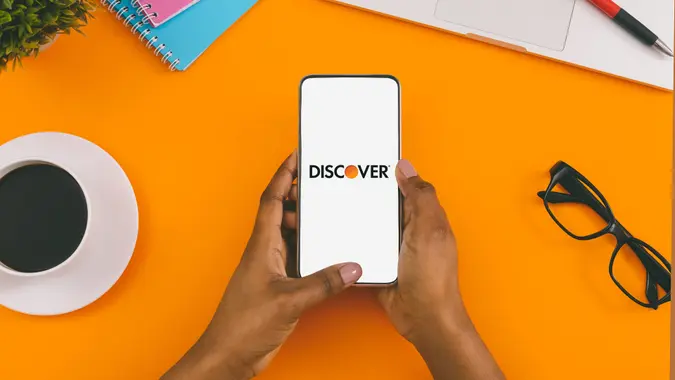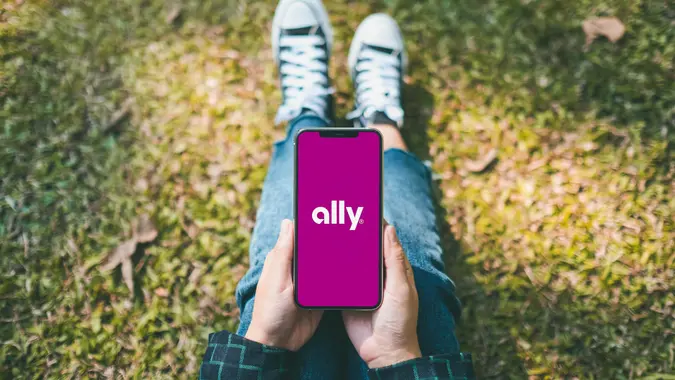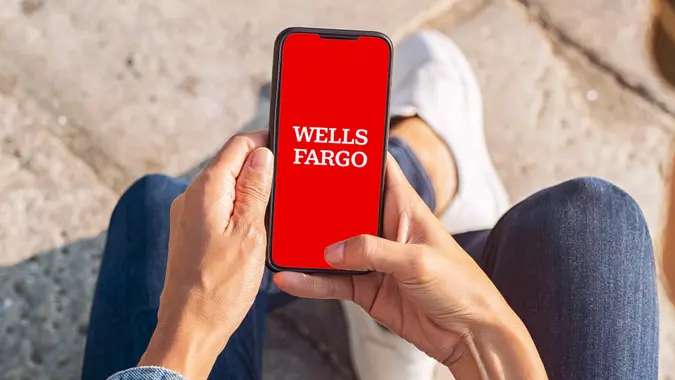3 Best Accounts To Use Once Your Savings Reaches $50,000

Commitment to Our Readers
GOBankingRates' editorial team is committed to bringing you unbiased reviews and information. We use data-driven methodologies to evaluate financial products and services - our reviews and ratings are not influenced by advertisers. You can read more about our editorial guidelines and our products and services review methodology.

20 Years
Helping You Live Richer

Reviewed
by Experts

Trusted by
Millions of Readers
If you’ve managed to accumulate $50,000 in savings, you’re in a small minority. According to a GOBankingRates survey, just 13% of Americans have over $10,000 in their savings account.
While this is a feat to be celebrated, it’s also important that you’re making the most of your cash — i.e., it shouldn’t just be sitting in a traditional savings account. Instead, consider funneling your savings into one of these accounts that will help you make the most of your money.
High-Yield Savings Accounts
High-yield savings accounts are a great idea if you want to have access to your cash but still earn interest.
“High-yield savings accounts offer higher interest rates compared to traditional savings accounts, making them an excellent choice for keeping a significant sum like $50,000,” said Taylor Kovar, CFP, CEO and founder of Kovar Wealth Management. “These accounts are particularly beneficial for those who want a combination of easy access to their funds and a decent return on their savings. Ensure the account is FDIC-insured, which protects your money up to $250,000.”
Money Market Accounts
These bank accounts are different from savings accounts because they allow you to write checks.
“Money market accounts often provide higher interest rates than regular savings accounts, and sometimes even high-yield savings accounts, depending on the bank,” Kovar said. “They also offer check-writing privileges and debit card access, making them a flexible option for those who might need occasional, easy access to their funds. Check for minimum balance requirements and monthly fees, which can vary widely among financial institutions.”
Certificates of Deposit
It’s a savvy move to put at least a portion of that $50,000 into a CD account.
“If you know you won’t touch a portion of that money for a fixed time, such as a year, locking in your interest rate with a CD might be a good option,” said Jay Zigmont, Ph.D., CFP, founder of Childfree Wealth. “Just be 100% sure you don’t need the money before you put it in a CD, as you may be hit with fees or lose the interest if you pull it out before the CD matures.”
If you plan to keep your money in CD accounts over a longer term, consider laddering accounts.
“With $50,000, you could consider a CD ladder strategy, where you divide your money into multiple CDs with different maturity dates,” Kovar said.
Avoid Accounts That Charge Fees
With so many banking options available, it’s easy to find free accounts that don’t charge fees. Ensure any account you choose fits this bill, or it could eat into your $50,000.
“Make sure to choose an institution that doesn’t charge any account fees and doesn’t make you jump through hoops to get their high APY,” said Tony Molina, CPA, head of content marketing at Range. “Particularly watch out for minimum or maximum deposit requirements and direct deposit requirements.”
More From GOBankingRates
 Written by
Written by  Edited by
Edited by 

























